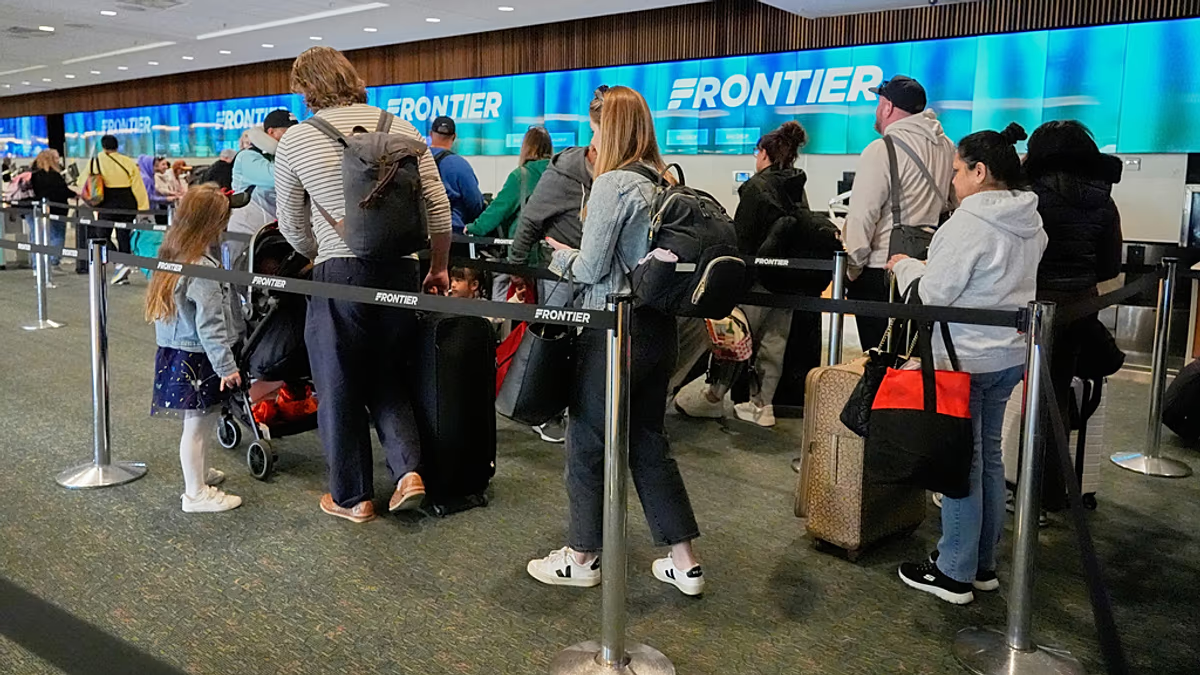Air Travel in the US: Turbulence After the Government Shutdown
The American airline industry is struggling to recover after the Federal Aviation Administration (FAA) ordered substantial flight cuts last week. Over 9,000 flights have been cancelled across the United States as part of measures to ease demand on understaffed air traffic control towers during the federal government shutdown. While the shutdown appears to be nearing its end, the repercussions for air travel won’t disappear overnight. The disruptions have affected an estimated 5.2 million passengers since the shutdown began on October 1st, causing a ripple effect of cancellations, delays, and economic losses throughout the aviation network. The situation underscores how fragile our interconnected air transportation system truly is, where staffing shortages at key control centers can quickly cascade into nationwide travel chaos.
Even with the government set to reopen soon, Transportation Secretary Sean Duffy has made it clear that flight restrictions will remain in place until safety metrics improve and staffing stabilizes at air traffic control facilities. On Tuesday alone, another 1,200 domestic flights were cancelled as the FAA increased its target for cutting flights at the nation’s busiest airports from 4% to 6%, with plans to reach 10% by Friday. Though Duffy noted fewer cancellations in recent days as more controllers returned to work following news of the shutdown agreement, the situation remains precarious. The FAA had to restrict large sections of airspace over the weekend “to slow the entire country down,” according to air traffic chief Frank McIntosh, forcing massive cancellations and delays. Duffy has cited concerning safety issues including planes getting too close in the air, increased runway incursions, and pilot concerns about controller responses as justification for the continued restrictions.
The controller shortage plaguing America’s skies isn’t new, but the shutdown has intensified an already critical situation. According to Duffy, 15 to 20 controllers are retiring daily, while younger professionals are abandoning the field altogether. The financial strain of working without pay during the shutdown forced many controllers to call in sick as they took side jobs to cover their bills, adding stress to an already understaffed system. Former FAA air traffic control chief Mike McCormick compared the situation to the pandemic exodus, explaining that “when the stressors in the workplace become too much of a challenge, those who can will resign or retire.” The staffing crisis demonstrates how essential these highly trained professionals are to maintaining safe and efficient air travel, and how quickly the system deteriorates when their numbers fall below critical thresholds.
The impact hasn’t been distributed evenly across the country or among airlines. Major hub airports in Denver, Atlanta, Chicago, Dallas, and the New York area have borne the brunt of cancellations and delays caused by staffing shortages in regional control centers and towers. Smaller regional airlines like SkyWest and Republic have suffered disproportionately because they operate many of the regional routes being dropped by major carriers as they prioritize their more profitable mainline flights. These regional connections serve as vital links for smaller communities, and their disruption isolates travelers and businesses in areas already underserved by transportation options. The geographic concentration of the crisis highlights the vulnerabilities in our hub-and-spoke system, where problems at key airports can rapidly spread throughout the national network.
When flight restrictions are eventually lifted, airlines will face significant challenges getting back to normal operations. The flight cuts have scattered aircraft and crews across the country, leaving many planes far from their scheduled locations. While McCormick optimistically suggests operations could recover within days, similar to the aftermath of a major snowstorm, other experts are less sanguine. Eric Chaffee, a professor specializing in risk management at Case Western Reserve, warns that disruptions could extend for weeks as airlines confront “complex operational hurdles” with winter weather potentially complicating recovery efforts before the busy Thanksgiving travel period. As Chaffee colorfully explains, “It’s similar to if you start pulling threads out of a tapestry. What you may find is that lots unravels in addition to what you are trying to remove.”
The uncertainty is clearly affecting consumer confidence in air travel as the holiday season approaches. Data shows that the pace of airline ticket sales for Thanksgiving has slowed as travelers reconsider their flying plans. While aviation analytics firm Cirium still expects ticket sales for the late November season to exceed last year’s figures, the increase is projected to be minimal. The hesitation among travelers reflects broader concerns about reliability and predictability in air travel following weeks of disruption. For many Americans, the prospect of cancelled flights, long delays, and overcrowded airports may prove too risky for holiday plans, leading them to seek alternatives or stay home altogether. This potential reduction in holiday travel would deal another blow to airlines already struggling to recover from the financial impact of flight restrictions and cancellations, potentially extending the economic fallout of the shutdown well beyond its official end date.


